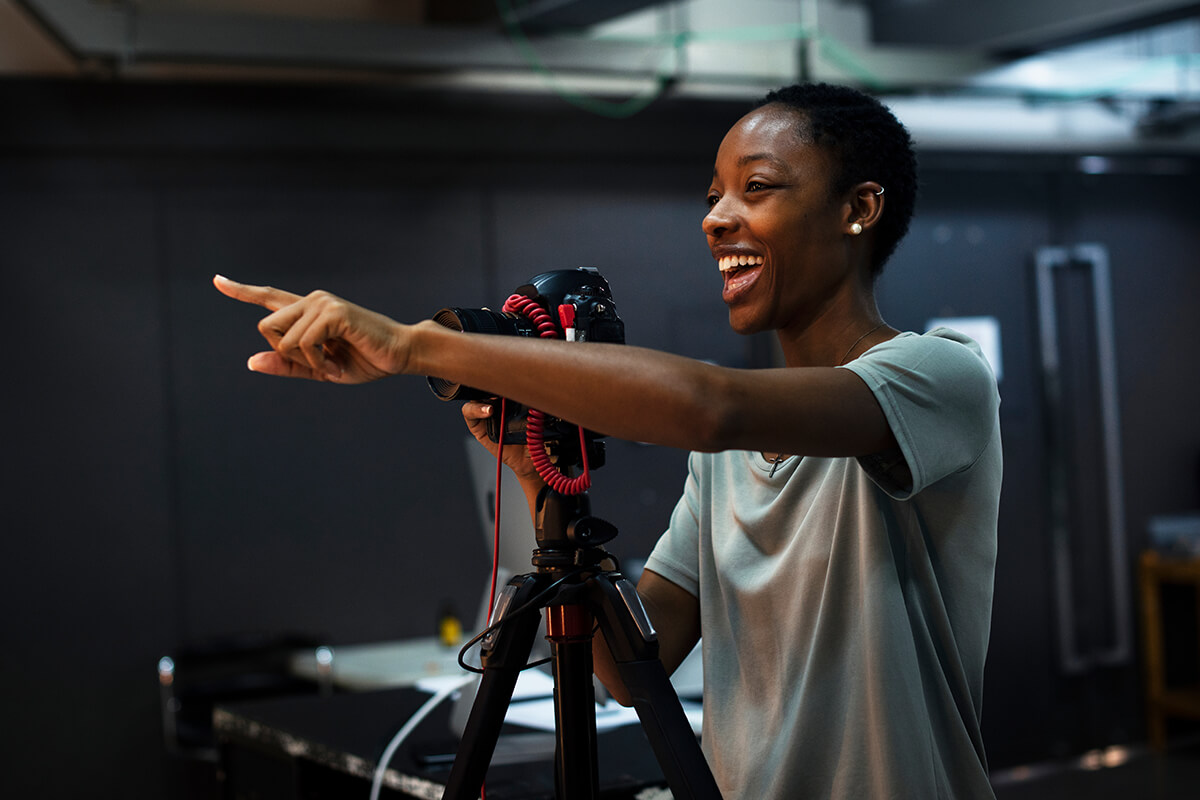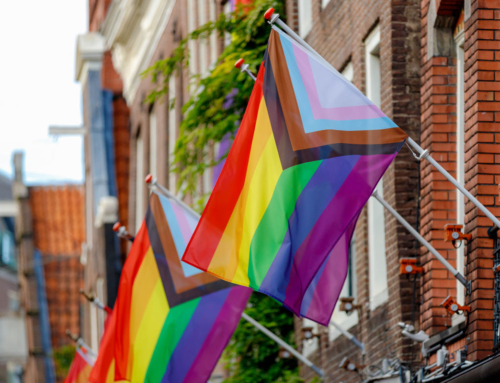Early in my career, I heard designer Terry Marks speak at a conference about his brush with fame — as the world’s most famous Asian stock photography model. At the time (15+ years ago), royalty-free stock photos were hard to come by. Image libraries were often distributed in books with companion CDs, and the choices were slim. Some photos of Terry were included on one such disk. Shortly after, Terry found himself everywhere from magazine ads to billboards, advertising all manner of things. Since there was so little diversity represented in stock photography, the photos of Terry became the go-to for anyone looking to show an Asian man. (You can read Terry’s first-hand account here.)
For a young white designer fresh out of school, Terry’s story was an eye opener. It was the early 2000s — surely photos of people of different ethnicities couldn’t be that hard to find? I quickly learned how wrong I was. The stock photography industry was entirely modeled on the portrayal of common stereotypes — men in business suits, women in the kitchen — often shown in cheesy, overly posed photos. Stock was largely something to avoid unless you were really in a pinch.
When the stock photography industry started to flourish online in the later 2000s, photo options increased drastically. The majority of images were still stereotypical and overtly staged, but if you put in the time to dig, you could often find photos that felt candid. While demand for a more natural style of photography slowly pushed the selection in that direction, I remember advising clients as recently as 2013 that they would need to budget for a photo shoot if they wanted to show more diversity because it just wasn’t available in stock. In more recent years, I have still struggled over some client requests for photography that seemed like it should have been easy to find — a young male or female truck driver, an elderly couple that’s not white, a black hand holding an iPhone.
Why has it been so difficult to find photography that reflects our society as a whole? The stock business is built on photographer-contributed images. Photographers are either paid a commission for high-quality, rights-managed photos, or they receive a small fee (often only 10-20 cents) per download for royalty-free images. Stock photography is an easy way for photographers to supplement their income, not make a living. Photos that are more frequently downloaded will generate more money, so it’s in the photographer’s best interest to create images that appeal to a broad audience. It’s a business model that encourages the depiction of common stereotypes.
Compounding the problem is that photography is not a diverse field. In 2018, almost 80% of photographers nationwide were white, with a median age of 38 (according to datausa.io). When all these middle-aged white photographers take stock photos to make a little extra money, do you think they’ve been hiring diverse talent, or do you think they’ve been leaning on their (mostly white) friends and family to model for them?
Shutterstock and Getty Images, the two largest players in the stock business, have been working to address this issue in recent years through a number of initiatives. Shutterstock issued a call for more diverse photography in early 2019 and continues to provide guidance to their contributors on how to capture more diverse and culturally relevant imagery. Getty took a step further and launched multiple initiatives to commission original photography that depicts different minority groups in authentic, real-life situations (see their recent collections here). Getty also is paving the way for a more diverse future through the creation of its Inclusion Scholarship program, in partnership with five different minority media organizations (learn more here).
There also are some smaller stock photo sites devoted specifically to depicting the under-represented. A few examples include TONL, which is dedicated to photos of cultural diversity, and Nappy, which focuses on the Black population.
While stock photography may still have some inherent issues, the past 20 years have brought drastic improvements. I was pleasantly surprised by how quickly the industry responded to COVID-19. We weren’t more than a few weeks into the pandemic before our go-to stock site was updated with images of socially-distant people in masks in a variety of scenarios. I’ve noticed a similar change in selection the past few weeks in response to the Black Lives Matter movement. Now the impetus is on us, as designers and marketers, to ensure that we know our audience and accurately represent them.








